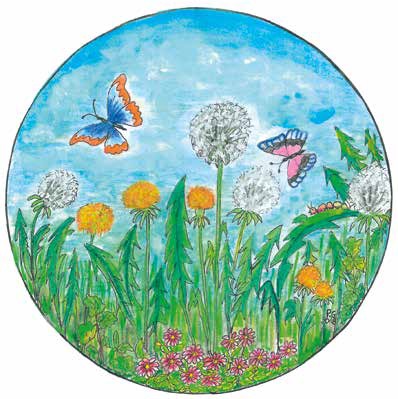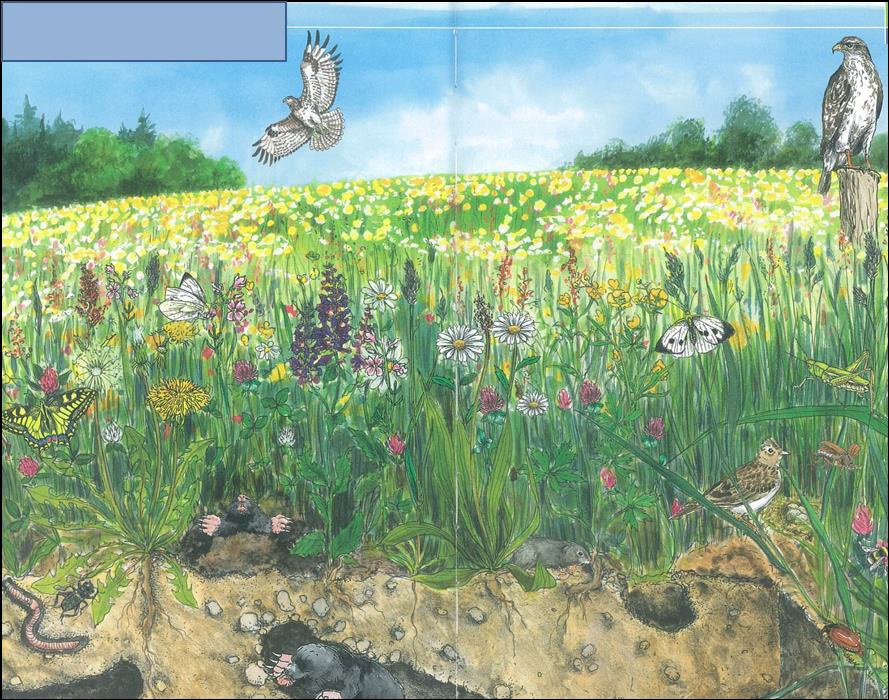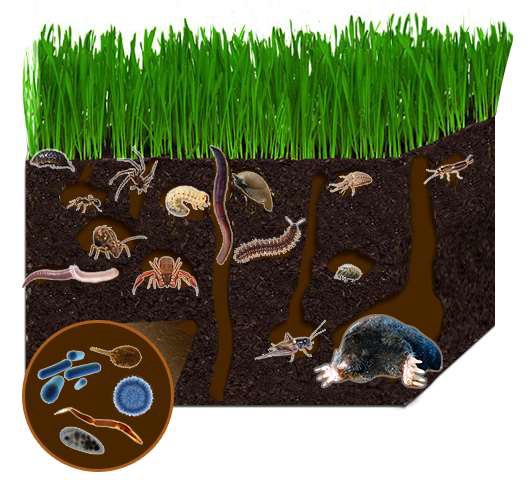The territory of Capolona is rich in lawns, that is surfaces in which the herbaceous component predominates.
In ancient times large spaces of wood have been eliminated to make space for 'open areas' such as cultivations and pastures. Farmers also learned the technique of mowing grass and using hay to feed animals in winter. Thanks to haymaking, the 'stable lawns' have been created, following the constant cutting of the grass; these can exist only if they are periodically mowed. Precisely because of their anthropic origin these environments are called 'semi-natural' and can last for centuries.
The meadows that grow spontaneously are composed of local herbaceous species that belong mainly to families such as grasses, legumes and composite. These are not subject to ploughing, therefore they have a higher plant diversity than the cultivations, and do not need any treatment if not the organic fertilization.
The meadows are very rich in animal and plant life; they have a strong importance for insects, reptiles, birds and micromammals. Several species of rare butterflies are linked to these ecosystems for the floristic richness and therefore for the remarkable availability of nectar.
In the lawns a high level of biodiversity is maintained if the soil is lean, that is not very rich in nutrients, and human interventions are rare. If, on the other hand, you overgrow with fertilization, there will be greater plant production at the expense of diversity; fast-growing herbs tend to stifle those with slow growth and that need sun. Too frequent cuttings then prevent the flowering of numerous plants and disturb the life cycle of many animals.
The biodiversity in a lawn increases if there are also piles of stones, dry walls, isolated trees, nuclei of shrubs and hedges. Meadows are not only of ecological importance; they can also be attributed a role in protecting soil from erosion and water management. They also have an important landscape and cultural value. Unfortunately, many of the meadows we see today no longer produce hay and show signs of the process that leads to the return of the forest. The rise in the standard of living since the 1960s has led to increased meat consumption, and as a result, an increase in the areas dedicated to the production of feed for livestock. The semi-natural lawns could not meet this demand and were replaced by large 'artificial' grasslands where sowing and monoculture reigns.
The decrease and degradation of stable lawns and grasslands is reflected very negatively on various animal groups, especially birds and butterflies. The maintenance of these habitats is playing an important role in biodiversity conservation policy, both at national and European level.


